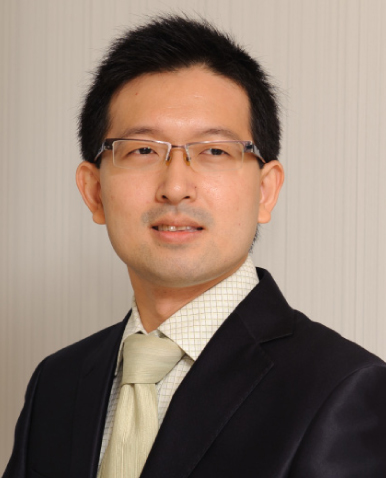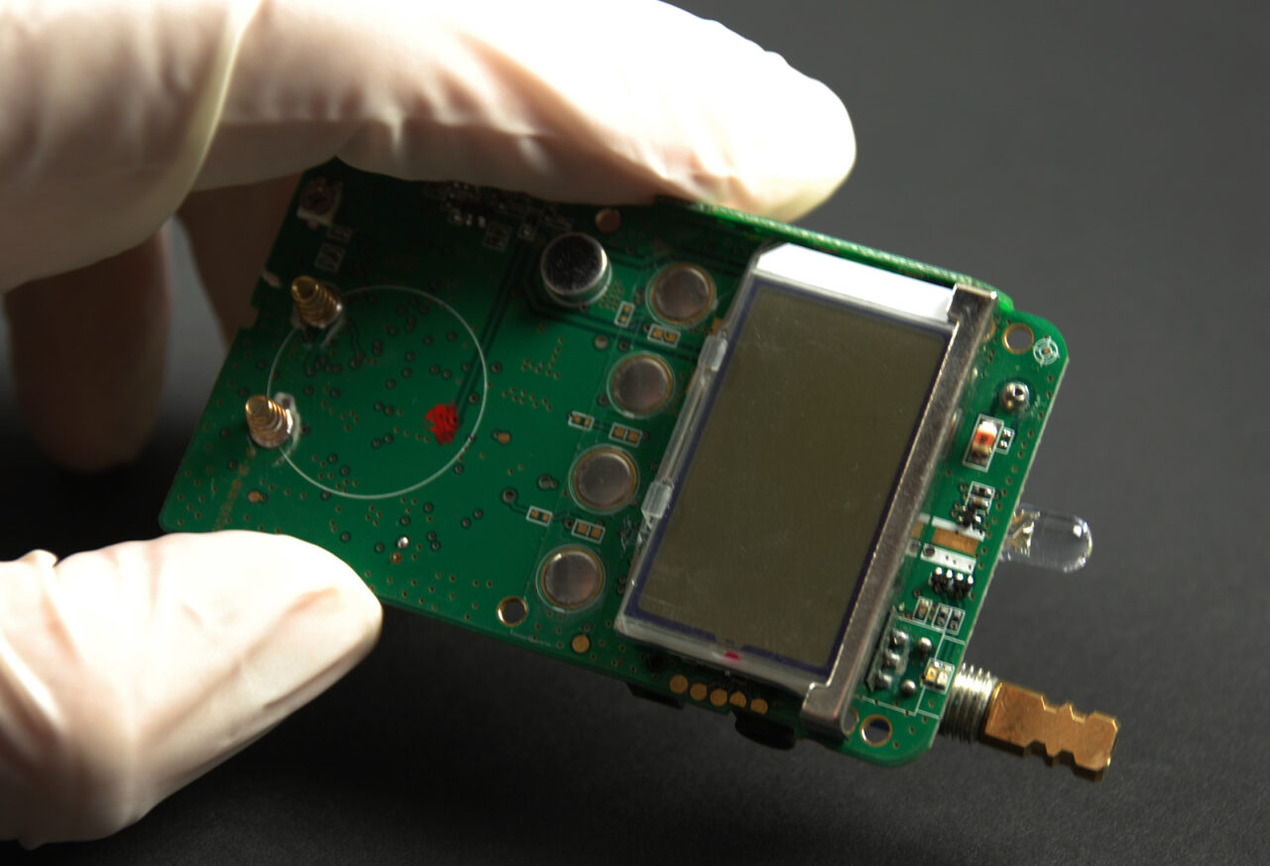
Singapore’s smart nation initiative was launched with the vision of better living, stronger communities and the creation of more opportunities for all. A technology-driven, up-to-date healthcare system with the capability to ensure the wellbeing of all its citizens is a pre-requisite to support this powerful mission. Such healthcare infrastructure takes on added relevance and urgency in the light of the current global crisis.
 To better understand how the government of Singapore is utilising technology to realise this vision of better living and a stronger community for the nation, OpenGov Asia had an in-depth conversation with Sutowo Wong, Director, Analytics and Information Management Division, Ministry of Health.
To better understand how the government of Singapore is utilising technology to realise this vision of better living and a stronger community for the nation, OpenGov Asia had an in-depth conversation with Sutowo Wong, Director, Analytics and Information Management Division, Ministry of Health.
Sutowo confirmed that technology and innovation in healthcare procedure and processes support MOH’s strategic shift from Healthcare to Health. Wearable technology, healthcare mobile applications, digitising in-person transactions like payments and on-line registrations are all technology use cases that help the government track and ensure the good health of its citizens.
It was fascinating to know how technology has enabled supporting senior citizens through user-friendly apps like the Moments of Life App (a smart nation and Digital Government office initiative) and has taken healthcare beyond the hospital walls into homes and community of patients using TeleHealth.
Sutowo acknowledged that the Singapore healthcare sector harnesses innovative technologies like Machine Learning (ML) and Artificial Intelligence (AI) in various health care applications and models. AI and ML-driven solutions are, in fact, the key to many of their initiatives and strategies.
- No-Show Predictive Model: Using ML, this model identifies patients who are potential no-shows. This allows administrators to send them reminders or to allocate their slot to another patient. The solution optimises clinic resources as well as maximise available time.
- Multiple Readmission Predictive Model: This model analyses data to create a list of high-risk patients for care teams to focus on. Patients within the elevated risk category are automatically identified for enrolment into intervention programs eliminating up to 90% of nurses’ manual assessment workload, freeing them up to spend more time in taking direct care of patients.
- Singapore Eye Lesion Analyser Plus (SELENA+): Based on a deep learning, artificial intelligence software system, the solution can detect three major eye conditions by highlighting areas with potential vision-threatening eye diseases. This technology has proven to be highly efficient in delivering fast and accurate results.
- National University Health System (NUHS) Automated Diagnosis Engine: The engine helps diagnose appendicitis using clinical notes.The objective of this work is to develop an automated diagnosis system that can predict the probability of appendicitis given a free-text emergency department note and additional structures information(e.g. lab test results). The model can learn important features, and symptoms of patients from unstructured free text notes from doctors helping to make better diagnosis.
It was interesting to learn that the Ministry of Health follows a 2-pronged approach to better respond to rapid changes in the technological landscape.
The first prong is a top-down approach through the National AI Strategy, which maps out how Singapore will develop and use AI to transform the economy and improve people’s lives. AI can also be used to analyse clinical and genomic data, medical images, and health behaviours to better assess the risk profile of patients.
Second is the bottom-up approach which comprises initiatives like AI in Health Grand Challenge. Such programmes and initiatives encourage the development of innovative approaches that use AI to enhance primary care and disease management in Singapore and the world. It supports groundbreaking research ideas that adopt AI technologies and innovations to address current challenges in the medical field.
Speaking about the future for robotic doctors /nurses for treatment and surgeries and the current proximity to achieving this, Sutowo shared that “with the declining old-age support ratio coupled with low birth rates, it is imperative that healthcare is made more proactive to guide people to take pre-emptive steps to keep themselves healthy or to better manage their well-being”.
Leveraging assistive technology and robotics in healthcare is one way of doing it. Explaining further, he shared the example of RoboCoach Xian. A robot trainer enhanced with sensors, it imitates human movements and can teach a range of exercises to senior citizens. It can also help provide cognitive therapy to seniors who have suffered strokes or have other age-related disorders.
The Centre for Healthcare Assistive & Robotics Technology (CHART) has been established with the support of Ministry of Health and Economic Development Board to enable health care professionals to work closely with industry, academia and research institutions to co-develop and testbed impactful healthcare solutions in assistive technologies and robotics.
One such technological enabler is the development of the Robotic Middleware for healthcare (RoMi-H). It standardises communication messages among heterogeneous robotic systems, sensors and information systems, thus facilitating interoperability among multiple systems and easing system integration effort in a bid to digitalise healthcare and automate processes.
Apart from CHART, other bodies or organisations that contribute to creating tech innovations for the healthcare industry are the MOH Office for Healthcare Transformation (MOHT) and Integrated Health Information Systems (IHiS). Both the organisations have pushed boundaries in the digitalisation of healthcare, architecting the national IT strategies and roadmaps for healthcare, connecting and analysing complex systems across Singapore’s health ecosystem.
Sutowo concluded the conversation by reiterating MOH’s vision to be a leader in developing and deploying scalable, impactful technology-driven healthcare solutions to the nation’s citizens. The Ministry continues to relentlessly work towards this vision in future as well.
















